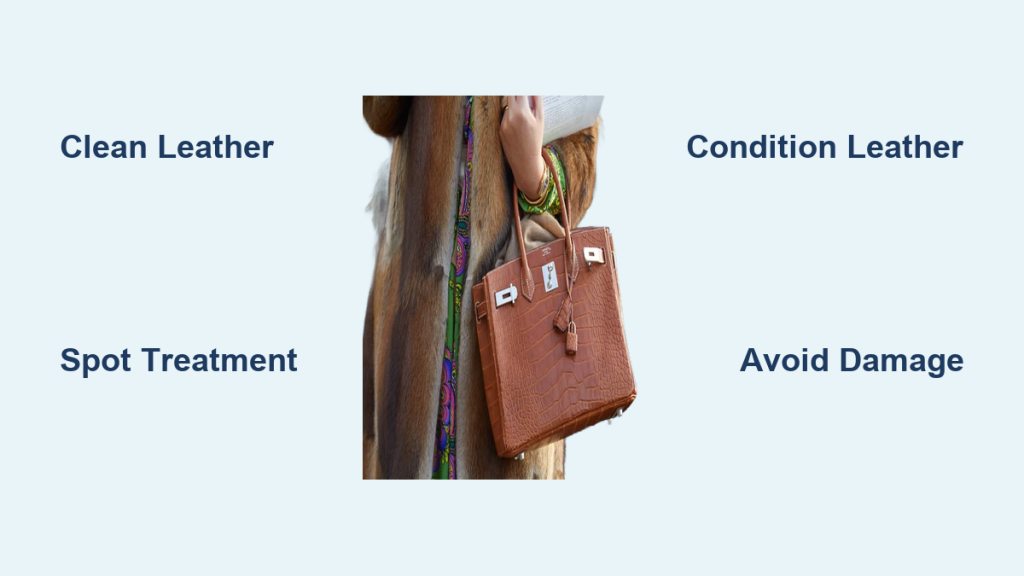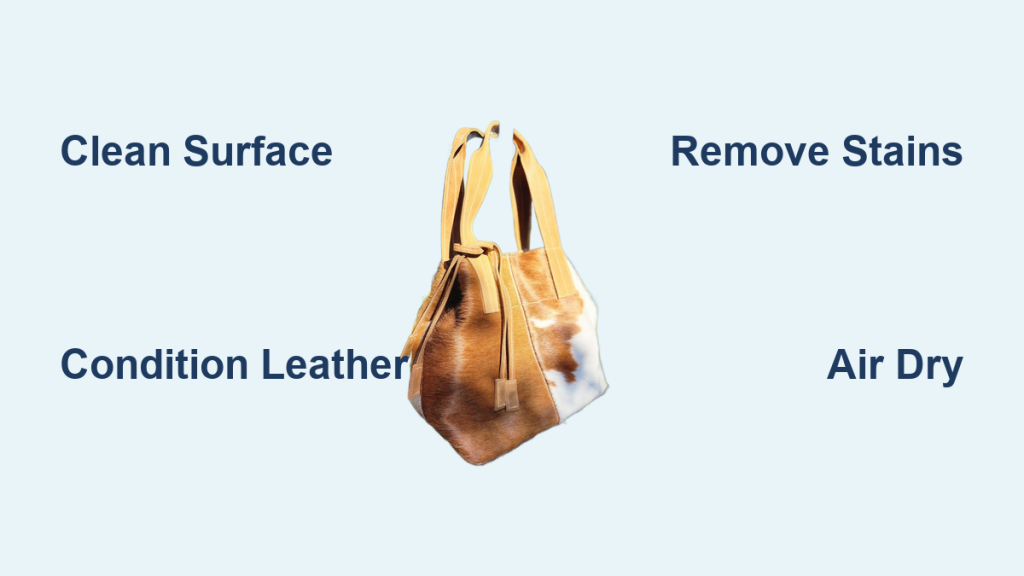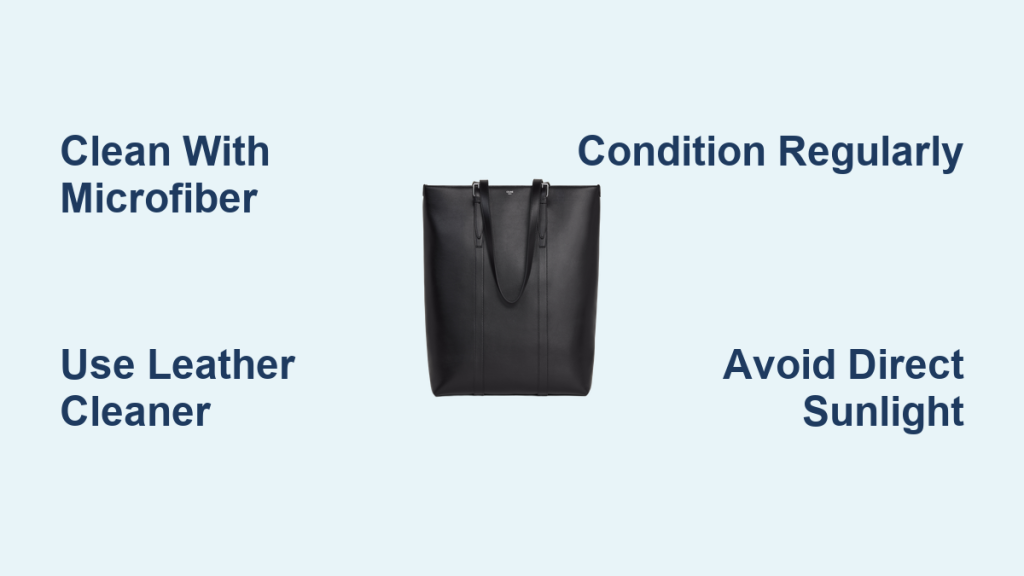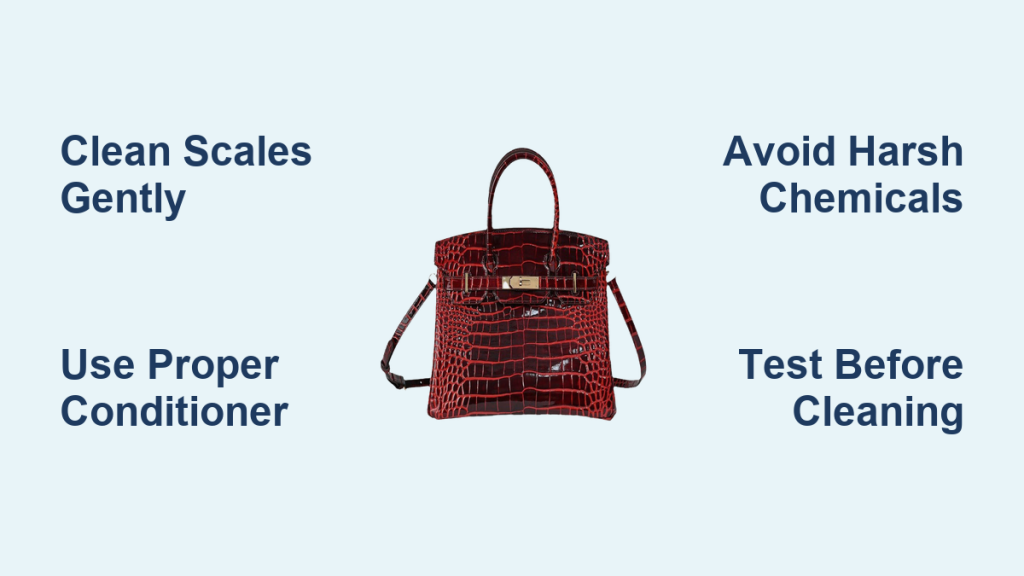Dealing with a stained or scuffed Hermes leather bag can be incredibly stressful. These iconic bags are a significant investment, and keeping them in pristine condition feels crucial. Fortunately, with the right approach, you can often restore your bag’s beauty without professional intervention. This guide provides a comprehensive approach to cleaning your Hermes leather bag, starting with quick spot treatments and moving into more detailed cleaning procedures.
This detailed guide will walk you through everything from identifying your leather type to safely removing stains, conditioning the leather, and preventing future damage. We’ll cover different cleaning methods for various leather types and offer pro tips to help you maintain your bag’s luxurious appearance for years to come. By the end of this article, you’ll have the knowledge and confidence to keep your Hermes bag looking its best.
Understanding Your Hermes Leather

Before you begin, it’s vital to identify the type of leather your bag is made from. Hermes uses several different leathers, each requiring a specific cleaning approach.
- Epsom: A textured, scratch-resistant leather. Relatively easy to clean.
- Togo: A more natural-grained leather, softer and more susceptible to staining.
- Swift: Very soft and delicate, prone to watermarks and scratches. Requires gentle care.
- Box Calf: Highly polished and sensitive to scratches. Best left to professionals for deep cleaning.
- Barenia: A natural, untreated leather that develops a patina over time. Requires minimal cleaning.
- Chevre Mysore: Goat skin, very delicate and prone to watermarks.
Important: Always test any cleaning product on an inconspicuous area of the bag (like the bottom or inside a pocket) before applying it to the entire surface.
Materials You’ll Need
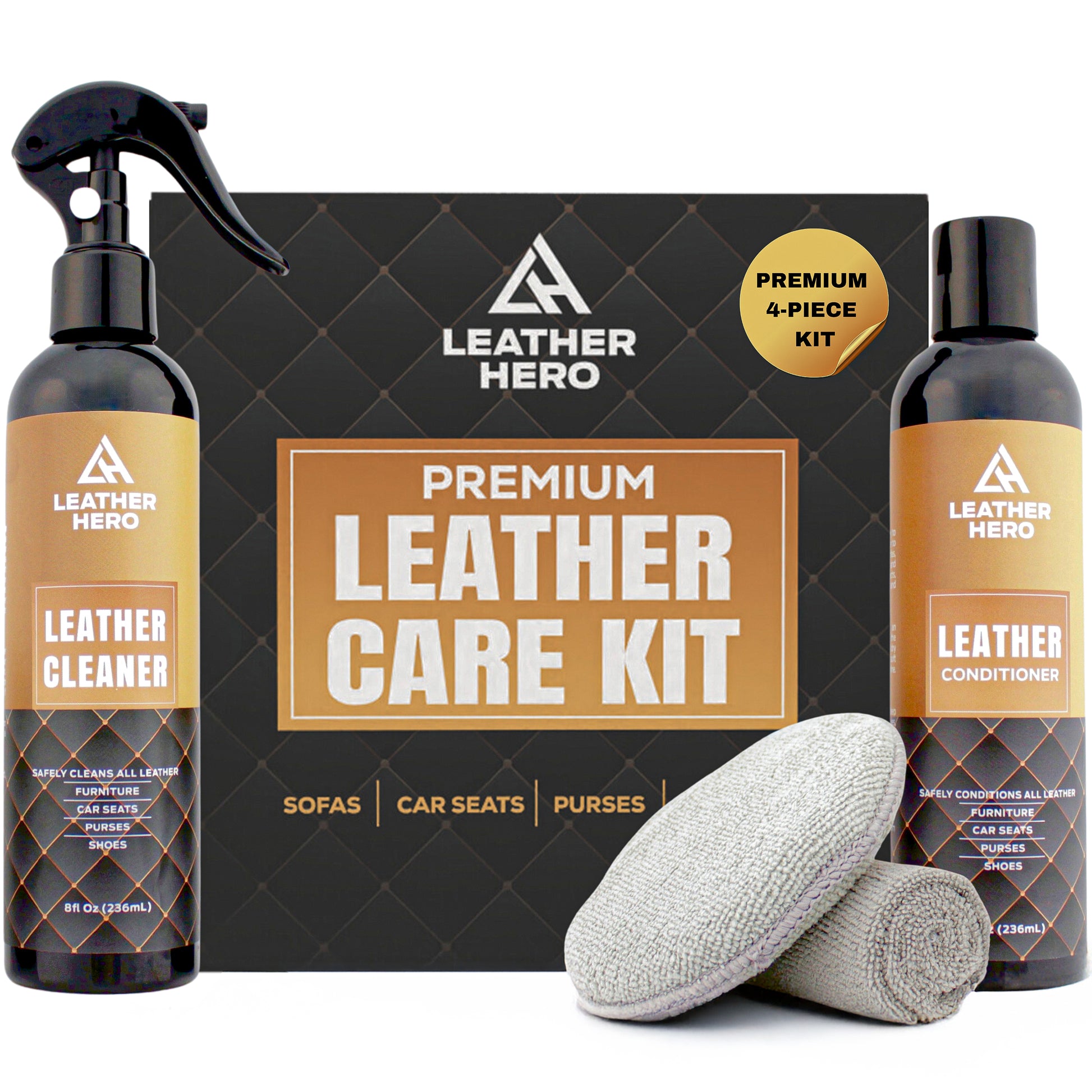
| Item | Quantity | Specifications |
|---|---|---|
| Soft Microfiber Cloths | 3-5 | Lint-free, various colors to designate for cleaning/polishing |
| Distilled Water | As needed | Avoids mineral deposits |
| Leather Cleaner | 1 bottle | Specifically formulated for luxury leather (e.g., Lexol, Chamberlain’s Leather Milk) |
| Leather Conditioner | 1 bottle | Compatible with your leather type |
| Leather Protector Spray | 1 can | Optional, for added protection |
| Soft-Bristled Brush | 1 | For gently removing dust and dirt |
| Saddle Soap (Optional) | 1 bar | For heavily soiled areas (use with caution) |
| Cotton Swabs | Several | For detail cleaning |
Step-by-Step Cleaning Process
Phase 1: Initial Cleaning & Dust Removal
- Empty the Bag: Remove all contents from your bag.
- Gentle Dusting: Use a soft-bristled brush to gently remove any loose dirt or dust from the exterior of the bag, paying attention to seams and crevices.
- Interior Vacuuming: Use a handheld vacuum with a brush attachment to carefully vacuum the interior of the bag.
Phase 2: Spot Cleaning
- Identify the Stain: Determine the type of stain (water, oil, ink, etc.).
- Water Stains: Dampen a clean microfiber cloth with distilled water and gently blot the stain. Avoid rubbing. Allow to air dry.
- Oil Stains: Sprinkle cornstarch or talcum powder onto the stain. Let it sit for several hours (or overnight) to absorb the oil. Gently brush off the powder. Repeat if necessary.
- Ink Stains: This is best left to a professional. However, you can carefully try dabbing the stain with a cotton swab dipped in rubbing alcohol. Test in an inconspicuous area first!
- General Dirt/Grime: Apply a small amount of leather cleaner to a clean microfiber cloth. Gently wipe the affected area in a circular motion.
Phase 3: Deep Cleaning (Full Bag)
- Apply Leather Cleaner: Apply a small amount of leather cleaner to a clean microfiber cloth.
- Gentle Wiping: Gently wipe the entire surface of the bag in a circular motion. Avoid excessive pressure.
- Buffing: Use a clean, dry microfiber cloth to buff the bag, removing any excess cleaner.
- Conditioning: Apply a small amount of leather conditioner to a clean microfiber cloth. Gently rub the conditioner into the leather, working in a circular motion. This replenishes the leather’s natural oils and prevents cracking.
- Final Buffing: Use a clean, dry microfiber cloth to buff the bag one last time.
Phase 4: Protection (Optional)
- Apply Leather Protector: In a well-ventilated area, apply a leather protector spray to the bag. Follow the manufacturer’s instructions. This will help repel water and stains.
Pro Tips for Hermes Leather Care

- Avoid Harsh Chemicals: Never use abrasive cleaners, bleach, or alcohol-based products on your Hermes bag.
- Store Properly: Store your bag in a dust bag in a cool, dry place away from direct sunlight. Stuff the bag with acid-free tissue paper to maintain its shape.
- Handle with Clean Hands: Oils and dirt from your hands can transfer to the leather.
- Rotate Your Bags: Avoid using the same bag every day. Rotating your bags allows the leather to rest and recover.
- Regular Conditioning: Condition your bag every 3-6 months to keep the leather supple and prevent cracking.
- Patina is Natural: Barenia leather is designed to develop a patina over time. Embrace this natural aging process!
When to Seek Professional Help
- Deep Scratches: Significant scratches that penetrate the leather.
- Severe Stains: Stubborn stains that cannot be removed with home cleaning methods.
- Box Calf Leather: Cleaning Box Calf leather is best left to professionals due to its delicate nature.
- Color Transfer: If color has transferred from clothing or other materials to your bag.
- You’re Unsure: If you’re hesitant or unsure about any step, it’s always best to consult a professional leather cleaner.
Signs of a Reputable Leather Restoration Specialist
- Experience: Look for a specialist with experience cleaning and restoring luxury leather goods, specifically Hermes bags.
- References: Ask for references from previous clients.
- Insurance: Ensure the specialist has liability insurance.
- Transparent Pricing: Obtain a clear estimate before authorizing any work.
- Gentle Methods: Inquire about the cleaning methods they use. Avoid specialists who use harsh chemicals or abrasive techniques.
FAQ
Q: Can I use baby wipes to clean my Hermes bag?
A: No. Baby wipes contain chemicals that can damage the leather over time. Always use a leather cleaner specifically formulated for luxury leather.
Q: How often should I condition my Hermes bag?
A: Every 3-6 months, depending on how frequently you use the bag and the climate you live in.
Q: What’s the best way to store my Hermes bag when I’m not using it?
A: Store it in its dust bag, stuffed with acid-free tissue paper, in a cool, dry place away from direct sunlight.
Q: Can I use saddle soap on my Hermes bag?
A: Saddle soap can be used on some leather types, but use it sparingly and with caution. It can be drying, so always follow up with a leather conditioner.
Alternative Solutions
If a dedicated leather cleaner is unavailable, a very mild solution of lukewarm distilled water and a tiny drop of pH-neutral soap can be used with extreme caution for very light cleaning. However, a dedicated leather cleaner is always the preferred option.
| Solution | Pros | Cons | Best For |
|---|---|---|---|
| Dedicated Leather Cleaner | Specifically formulated for leather, safe and effective | Can be expensive | All leather types (ensure compatibility) |
| Mild Soap & Water | Readily available, inexpensive | Risk of damage if not used correctly, not ideal for delicate leathers | Light surface cleaning of durable leathers |
Keep Your Hermes Bag Running Smoothly
By following these steps, you can keep your Hermes leather bag looking beautiful for years to come. Remember to identify your leather type, use the appropriate cleaning products, and handle your bag with care. Don’t hesitate to seek professional help when needed.
Have you tried these cleaning methods on your Hermes bag? Share your experience and any tips you have in the comments below!

